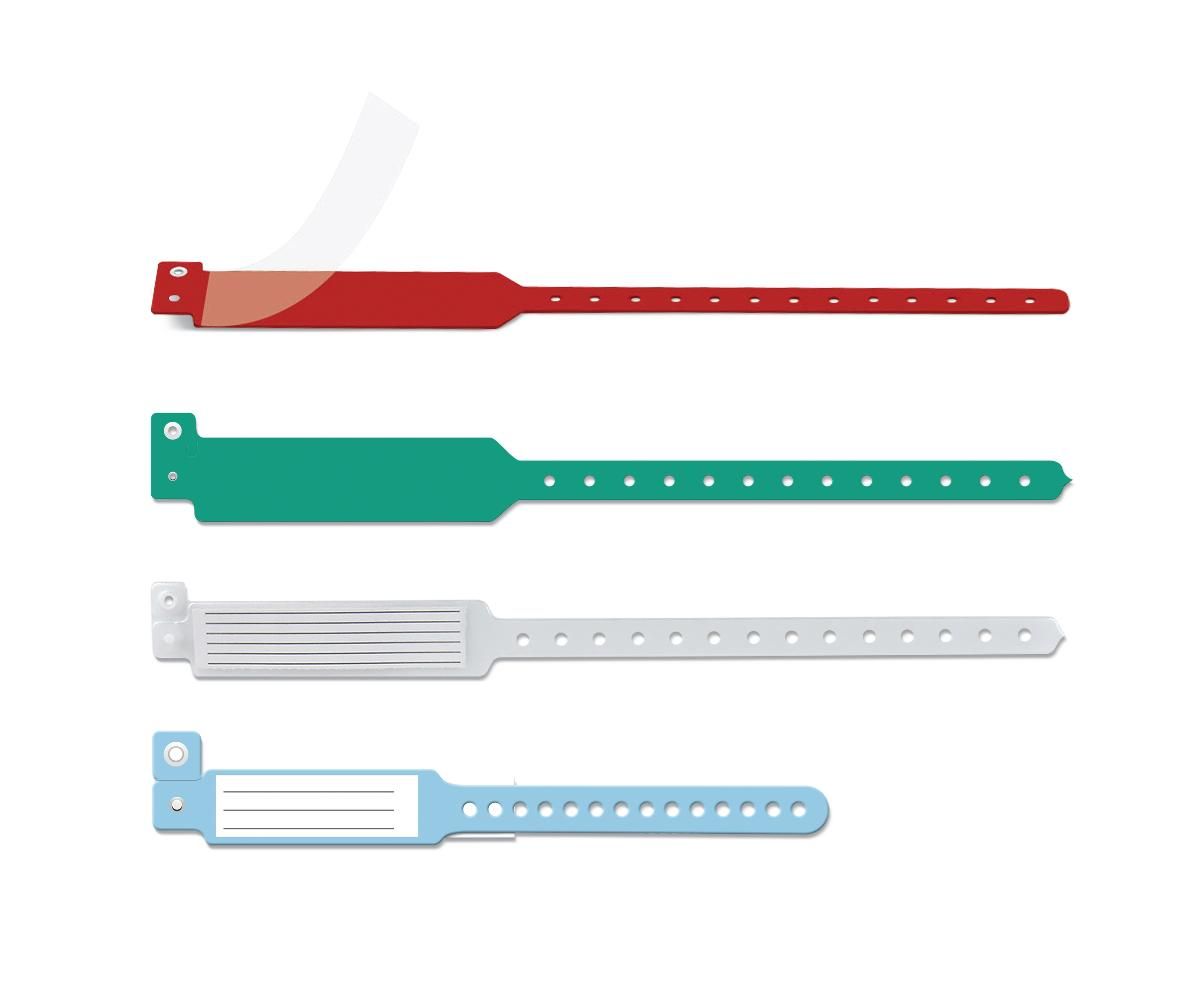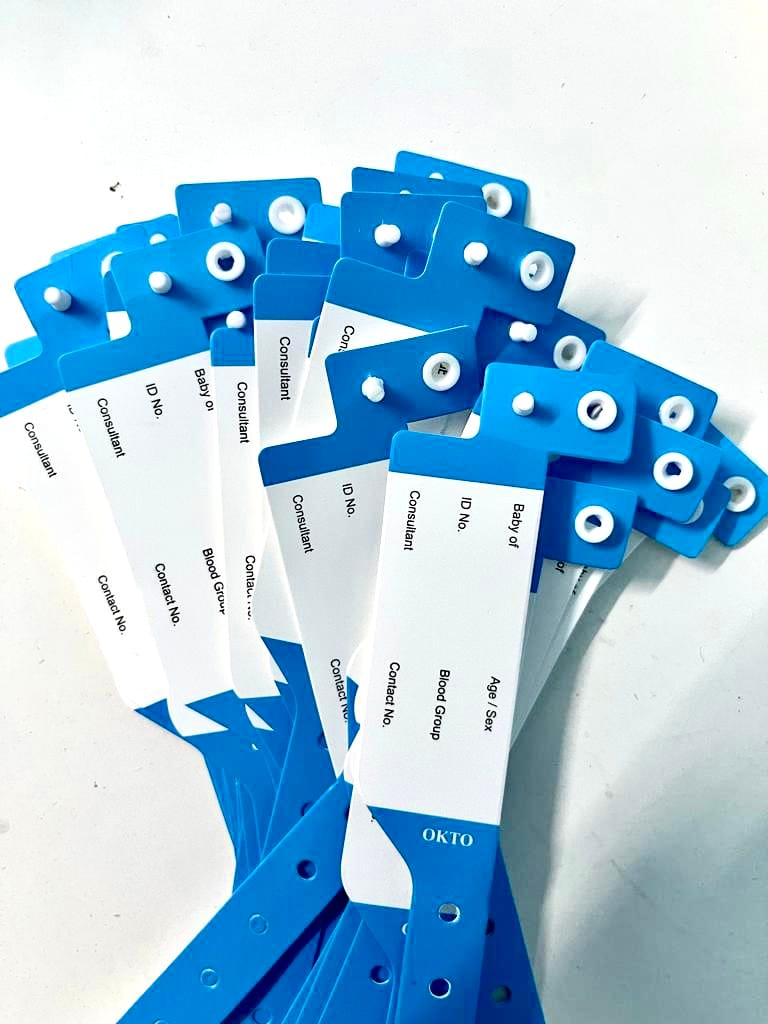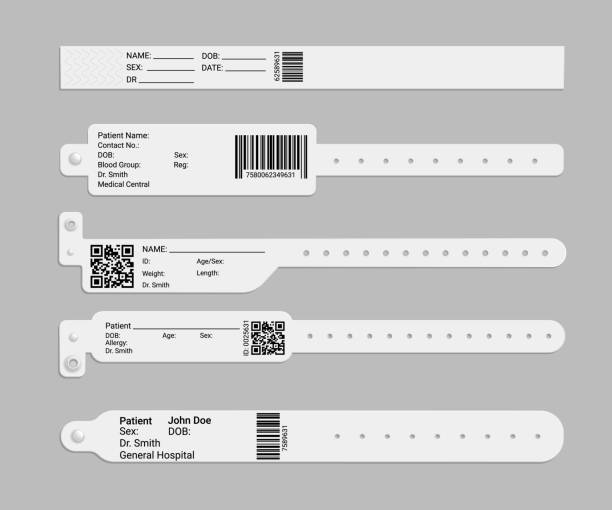The Benefits of Using a Patient Identification Band in Emergency Scenarios
Enhancing Safety And Security: The Significance of Patient Identification Bands in Healthcare
In the realm of medical care, the efficiency of client identification bands can not be overemphasized, as they offer as an essential protect against misidentification and succeeding errors. As we discover the multifaceted duty of these bands, it ends up being obvious that their importance expands past simple identification, raising inquiries concerning finest methods and future innovations in individual safety and security.
Review of Client Identification Bands
Patient identification bands play a crucial role in guaranteeing the security and precision of person care in health care settings. These bands, normally worn on the wrist or ankle joint, offer as a vital device for confirming patient identity, consequently minimizing the danger of errors in treatment, medication administration, and various other medical care treatments. Made from resilient products, individual recognition bands often include vital information such as the client's name, date of birth, clinical record number, and barcodes or QR codes for scanning.
The application of client identification bands is essential in different medical care atmospheres, consisting of medical facilities, outpatient centers, and lasting care organizations. They contribute to a systematic approach in individual administration, enabling health care specialists to rapidly and precisely identify individuals, specifically in high-pressure situations where quick decision-making is crucial.
Moreover, making use of these bands is straightened with regulatory requirements focused on boosting client security - Patient Identification Band. By ensuring that each client's details is easily verifiable and conveniently accessible, health care carriers can keep a high requirement of care, decrease the incidence of damaging events, and promote a society of safety and security within health care institutions
Advantages of Accurate Identification
Exact recognition is essential to improving client safety and care top quality in health care setups. It serves as the very first line of defense versus errors that could result in damaging patient outcomes. By making sure that each patient is properly determined with dependable methods, such as patient recognition bands, doctor can significantly decrease the threat of misidentification, which can lead to unsuitable treatments, medicine mistakes, and even medical mix-ups.
Moreover, accurate individual identification helps with efficient communication among healthcare groups. When all team member can consistently determine patients, they can share important info a lot more successfully, causing much better control of care. This is especially important in emergency scenarios where prompt interventions are essential.
Additionally, accurate recognition sustains conformity with governing requirements, thereby lowering the danger of legal repercussions for medical care facilities. It promotes count on between clients and health care carriers, as patients feel a lot more safe and secure recognizing that their identities are being secured.

Usual Obstacles Dealt With
Guaranteeing effective patient recognition in health care settings presents an array of challenges that can endanger security and care quality. One substantial challenge is the irregularity in individual populations. Patients might arrive in a state of confusion or distress, making exact identification hard. Furthermore, language obstacles can impede effective interaction, complicating the verification procedure.
Another difficulty is the dependence on human consider identification treatments. Medical care professionals may accidentally forget or misinterpret identification procedures, specifically in high-stress environments such as emergency divisions. This can lead to errors, including the management of wrong treatments or medicines.
Technical issues likewise pose challenges. Digital wellness check my site document (EHR) systems are made to improve client recognition, system failures or customer mistakes can interrupt the procedure. The physical style of person ID bands can lead to readability problems, particularly in situations where bands are harmed or covered.
Lastly, inconsistent training amongst team pertaining to identification procedures can result in spaces in understanding and technique. Attending to these difficulties is crucial for boosting person safety and security and making sure that recognition bands serve their desired objective successfully.
Best Practices for Implementation
To efficiently implement patient identification bands in health care settings, organizations should embrace a diverse approach that focuses on training, standardization, and innovation assimilation. Standardization entails establishing clear methods for the style, application, and usage of identification bands throughout all departments. This ensures uniformity and reduces the threat of errors connected to variations in band kinds or labeling approaches.


Training is crucial for all medical care personnel to ensure they recognize the value of accurate person recognition, just how to effectively read and use identification bands, and the treatments to comply with in case of disparities. Routine workshops and correspondence course can strengthen this knowledge and advertise a culture of safety and security.
Technology assimilation plays a critical duty in improving the performance of patient recognition bands. Making use of barcode scanning or RFID technology can streamline the identification process, permitting for real-time verification of person identities. In addition, electronic health document systems need to be configured to consist of alerts for mismatches in between the identification band and patient information.
Future Trends in Patient Security
As medical care continues to evolve, the emphasis on individual safety is likely to escalate, driven by developments in modern technology and a better understanding of systemic risks. Emerging patterns suggest a change towards more integrated systems that Look At This take advantage of information analytics, artificial intelligence, and artificial intelligence to boost patient recognition processes. These innovations can assist recognize possible safety issues before they escalate, thus minimizing errors linked with misidentification.
Moreover, the implementation of blockchain innovation may transform exactly how patient information is firmly shared among healthcare service providers, guaranteeing that recognition bands are regularly precise and updated. This will not just boost person safety and security yet likewise promote smooth communication across multidisciplinary teams.

Furthermore, the growing concentrate on personalized medicine is anticipated to affect patient security protocols. By including market and genetic info right into recognition systems, medical care specialists can customize therapies better, lessening the threats of damaging responses due to misidentification.
Conclusion
In final thought, client identification bands serve as an essential part in improving safety within medical care settings. Eventually, the continued focus on durable identification protocols will certainly contribute to better individual outcomes and total security in healthcare setups.
In the realm of medical care, the effectiveness of individual identification bands can not be overemphasized, as they serve as a basic secure against misidentification and succeeding errors.Individual identification bands play a crucial function in guaranteeing the safety and security and accuracy of person care in medical care settings. Made from long lasting products, client recognition bands typically consist of vital details such as the client's name, day of birth, clinical record number, and barcodes or QR codes for scanning.
By making sure that each patient is properly identified through trusted methods, such as client recognition bands, medical care suppliers can significantly lessen the threat of misidentification, which can go lead to unsuitable therapies, medication mistakes, and also surgical mix-ups.
In final thought, person recognition bands serve as an important part in boosting security within healthcare settings. Patient Identification Band.